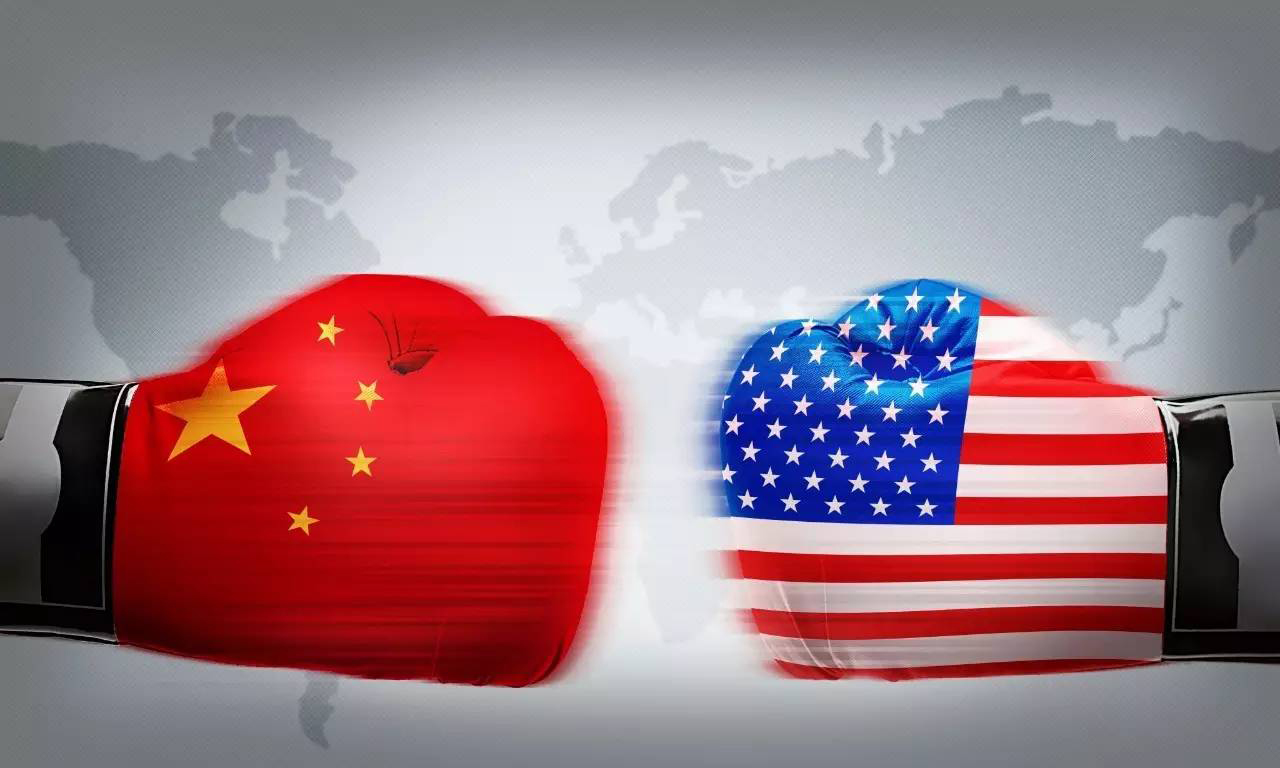
After a year and a half of escalating threats of tariffs, President Donald Trump has outlined a “partial trade deal that deferred new tariffs on $160 billion a year in Chinese-made goods” – a move that shows not only that Trump is backing down on his oft-repeated threat, but also that China’s strategy of stalwart perseverance has paid off. Tariffs already imposed on Chinese goods were also greatly reduced and now stand at 16% (as opposed to the 25% Trump had threatened). According to The New York Times, many Chinese officials believed that “Mr. Trump will back off from his trade-war threats if markets tumble, or if his supporters in agricultural states suffer too much.” This is further evidenced by the fact that tariffs have already been pushed back or cancelled entirely several times this year. In fact, the White House is promoting the partial deal with the messaging that farmers hit by the trade war will get some much-deserved relief.
There’s another angle to the US-China trade war – that of local Chinese organizations. Government subsidies allow them to present serious competition to American businesses, with some in the Trump administration saying they could “wipe out” international competitors. State-owned manufacturing outfits producing semi-conductors, commercial aircraft, solar panels, etc. not only receive financing from the government, but also benefit from legislation that favors them. As the China continues to fund these enterprises, competitors close up shop in the West, leaving China the dominant player globally. The US has encouraged China repeatedly in past years to reduce government involvement in the economy, and officials from the Trump administration have openly criticized Beijing’s preferential treatment of its businesses and central planning to ensure an advantage over American competitors. From the Chinese perspective, the justification for this near-endless financing and subsidization comes from the tariffs and threats of disrupted trade made by Trump, which underscored for many in Xi Jinping’s administration that China is still far too reliant on the US.
By reducing tariffs as part of the partial trade deal, the US has “shown a new willingness to retreat”. Negotiations in April and October seemed to be working in the US’s favor, with discussions revolving around China reducing subsidies, but hardliners within the Xi government demanded revisions in both instances, focusing on the removal of tariffs in particular. The new trade deal signed makes some progress in lowering Chinese barriers for the entry of foreign companies but does not affect tariffs on upwards of “$360 billion worth of goods”.
If we try to analyze how the US benefitted from the partial deal, we can see that several aspects align with the Trump administration’s “America First” focus. The partial deal increases sales of American products bought by China, requiring the latter to purchase “over $200 billion…over the next two years”. This clause clearly highlights a shift away from free, global trade, and instead emphasizes a managed trade approach – one also seen in Trump’s revised North American trade deal. “It’s very hard to move.…Economically, it makes it really prohibitive to get out. And it was very important to me,” Trump is quoted as saying.
Overall, however, in analyzing the effects of the trade war and this new partial trade deal with China, the US appears to be on the back foot. Under the leadership of the Trump administration, the US trade deficit has risen by over $1 billion in a year, despite one of its main goals being to decrease the deficit. In its attempt to halt China’s steady climb through what trade advisor Peter Navarro called “steal[ing] the future”, China’s key success, its core industrial strategy, remains untouched. There are other costs as well. The trade war has taught American businessmen that their environment is volatile in ways they did not anticipate. On an international level, competing nations are now aware than a hardline stance may cause them to come away with gains as the US reneges on previously agreed terms. Together, these variables bring China to a new position of dominance.
Upon signing the Phase One trade deal in the third week of January, President Trump has decided to start off the new year by “righting the wrongs of the past”. Because this is unlike anything the US has signed previously, critics are concerned it is too far a step away from free trade, calling the move to a more managed trade-reminiscent system “worrisome and radical”. China has pledged to spend a certain amount on agricultural products and insists that this is based on market demand in its growing nation. Should that market demand waver, however, China will need to ensure it maintains its pledge to the US, even if this means cutting back on more market-oriented trade with other nations. President Trump appears to have little concern about upsetting China’s other trading partners, which include US allies such as Canada and the members of the European Union.
While some trade barriers have been removed, several are still in place, including a 19.3% average tariff on more than half of the Chinese imports that enter the US. This inflated tariff directly hits the pockets of everyday American citizens and small business owners, calling into question just how much this deal has proven beneficial for the United States.
Citing the benefits, President Trump said, “They’re going to be spending much more than $200 billion” in both goods and services. While this may prove to be true, what it will do in terms of damaging relationships remains to be seen.
